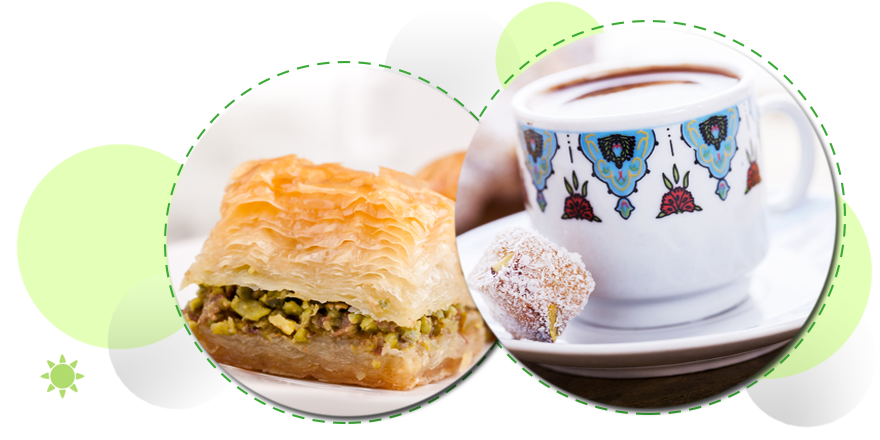Nutrition during Ramadan Feast
Pocket money wrapped up in handkerchief, candy for kids who knock the door, drummers, family visits, hand kissing, the feast table, and many other old traditions of Ramadan Feast are replaced with new ones: SMS greetings, package tours, and no-more-welcome kids and drummers at the door.
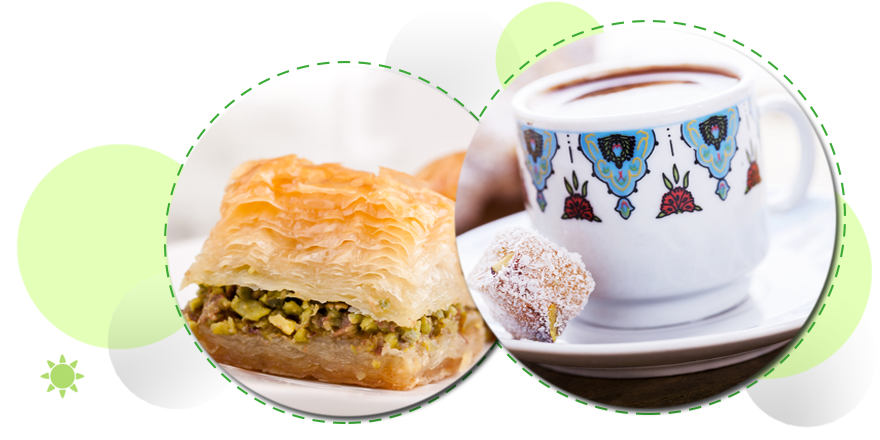
However, the feasts prepared with great effort your grandmother's stuffed vegetables with olive oil, your aunt's baklava, your uncle's meatballs, and the conversations around the table are the hallmarks of Ramadan. The whole family gathers together under one roof for a meal and dessert. Because meals are accompanied by conversation, people sometimes forget to pay attention to portions. During Ramadan, over eating disrupt the stomach and intestinal system. People get tired and their blood pressure is affected. Those with health problems such as diabetes or obesity may find Bayram celebrations hard to take.
Here are five tips for a healthier Ramadan Feast:
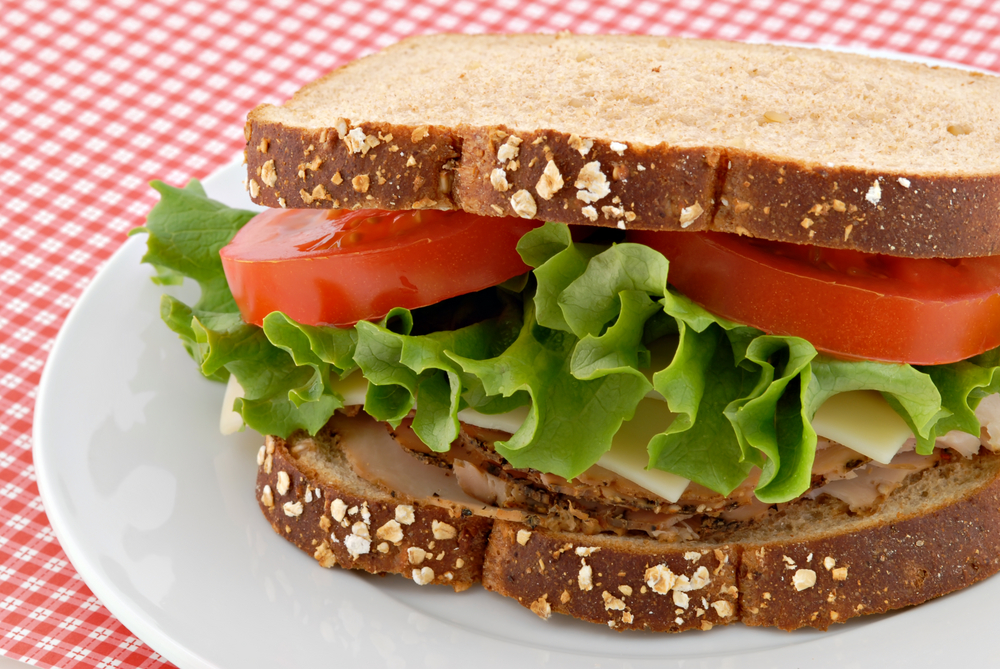
1. Start the first day of Bayram with a light breakfast. The changing mealtimes during the month of Ramadan return to normal on the first day of the Bayram. Don't skip breakfast. It's the most important meal of the day and helps regulate your digestive system and remember that you'll be eating more during the day. A light breakfast may include whole wheat bread, cheese, plenty of greens, tomatoes, cucumbers, olives, yogurt, fruits, oats, and walnuts. Or make smoothies to give breakfast more variety and interest.
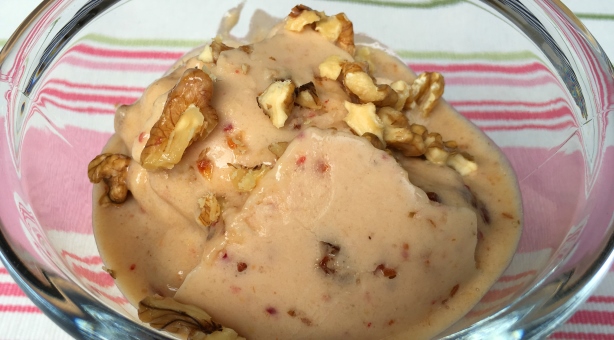
2. Avoid fried, salty,energy dense foods. These foods can ruin your Ramadan Feast, especially if you have health problems like diabetes, insulin resistance, or obesity. The healthiest way to eat during Feast is to eat a large variety of food but less of it, and more frequently. Pay attention to portion control. Snacking on almonds, walnuts, hazelnuts, and fresh fruits can help you avoid eating too much at meals. You can even serve ice cream or other desserts prepared with milk or fruit.

3. Make it a habit of drinking water. Water is usually not served to guests as an alternative to coffee and tea. A balanced diet should include at least 1.5-2 liters of water a day. Although water is often overlooked on Feast, it helps facilitate digestion, regulate body temperature, most importantly, clear harmful substances from the body. To increase liquid consumption, offer soup, ayran, cacık, and fresh fruit juices to your guests. You may also add lemon slices and mint leaves to water to make it more pleasant to drink.
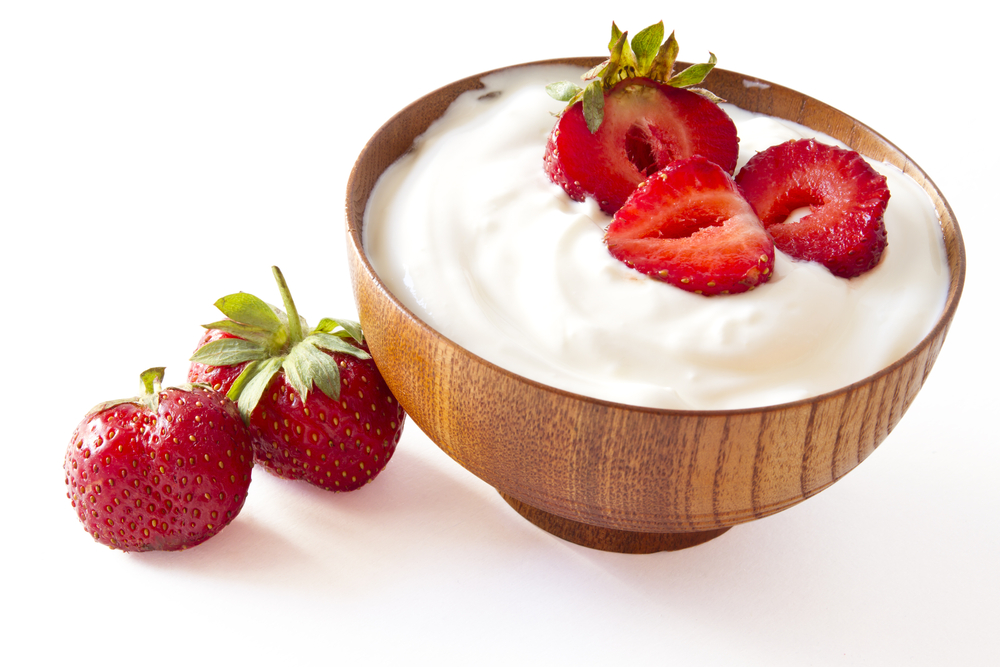
4. For a healthy digestive system, eat foods rich in fiber during the Feast. If you have had digestion problems during the month of Ramadan, they may feel more acute when you go back to your old nutrition habits. Make fiber-rich foods -- dark green vegetables, legumes such as dried beans, chickpeas, lentils, and bulgur, and whole grains -- the honor guests at your feasts. Eat foods that will improve the health of your gut flora such as yogurt, ayran, kefir. Try mixing them with fruits and nuts for both main meals and snacks.

5. Turn your Ramadan visits into physical activities. This is your opportunity to strengthen relationships with neighbors, friends, and family. Walk to your visits when you can. If that is not possible, take advantage of the holiday and the beautiful weather by walking with your family.
We wish you a healthy and happy Bayram in which you can carry on the old traditions with your loved ones.
References:
- Nutrition During Ramadan, Ministry of Health. http://beslenme.gov.tr/index.php?lang=tr&page=108
- A Healthy Ramadan. British Nutrition Foundation. https://www.nutrition.org.uk/healthyliving/seasons/ramadan.html?limit=1&limitstart=0
- Four Steps to a Food Safe Eid ul-Fitr. United States Department of Agriculture (USDA). http://blogs.usda.gov/2014/07/29/four-steps-to-a-food-safe-eid-ul-fitr/

